On February 22, 2017, a team of NASA astronomers announced the discovery of seven Earth-like planets around the dwarf star Trappist-1, 40 light years from the Earth.
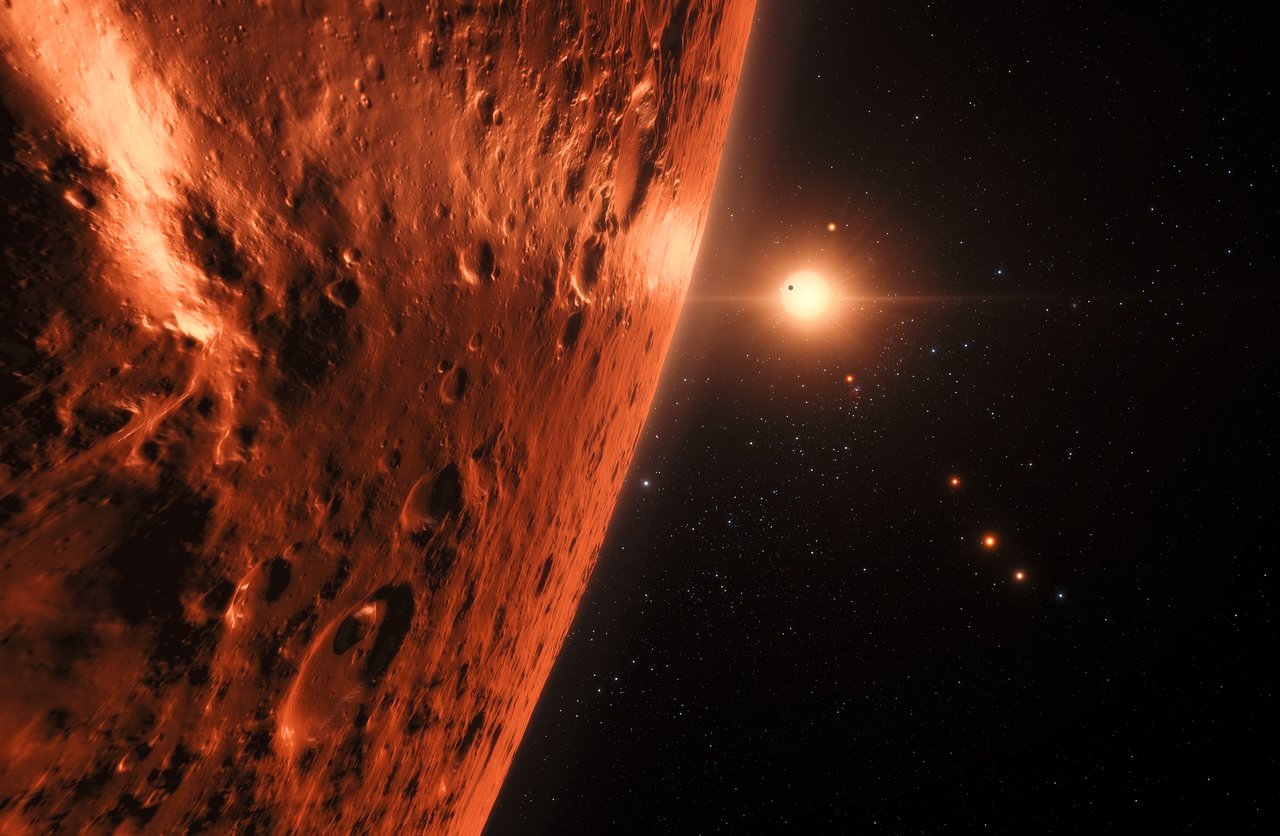
Five of the planets are now being studied more closely in an attempt to verify whether these planets allow for liquid water on their surfaces.
According to a new report, published on the Hubble telescope website on Thursday, all five planets qualify for the necessary conditions to allow for liquid water.
It is, however, unlikely that the two planets in closest orbit around the star would have water. They would probably have lost as much water as 20 times the amount of water found in Earth’s oceans during the eight billion years that the planets have been in existence.
The others, on the other hand, could still have oceans on their surfaces, according to the international team of astronomers led by the Swiss astronomer Vincent Bourrier.
Bourrier and his team have studied the atmospheres of the planets using the so-called spectrograph on the Hubble Telescope. It separates light into a frequency spectrum, enabling researchers to detect particular elements.
Using Hubble’s spectrograph, the team could see how the two inner planets are losing large amounts of water into space. The team saw a large amount of hydrogen and oxygen and since ultraviolet radiation breaks up water molecules in a process called photodissociation — ultraviolet rays with more energy (XUV radiation) and X-rays heat the upper atmosphere of a planet allows for the products of photodissociation, hydrogen, and oxygen, to escape the atmosphere.
If the five other planets also have water on their surfaces, they do not show the same losses of hydrogen, and oxygen, suggesting that there may be water to be found there.
The team suggests future instruments to be directed towards the five outer Trappist planets, and in particular the James Webb Telescope. The James Webb Space Telescope will contain both a near-infrared spectrograph (NIRSpec) and a mid-infrared spectrometer (MIRI). This new eye on the sky is scheduled to be launched on an Ariane 5 rocket next year.

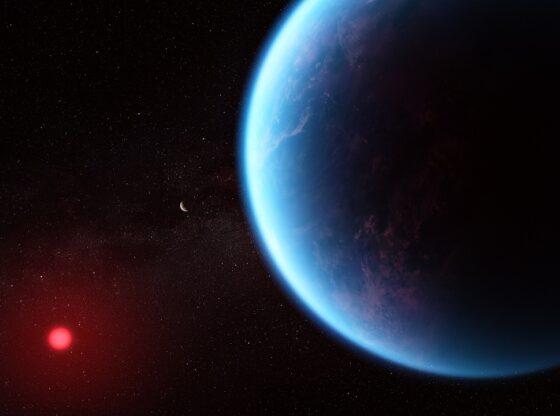
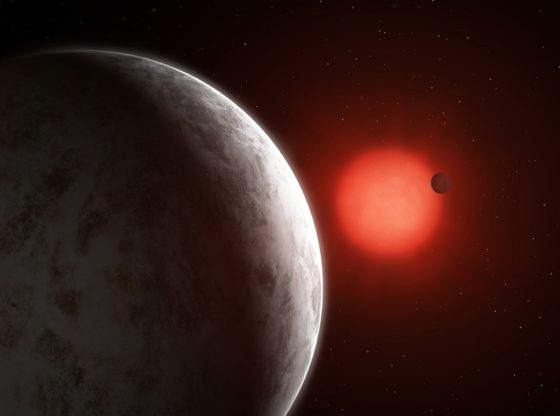
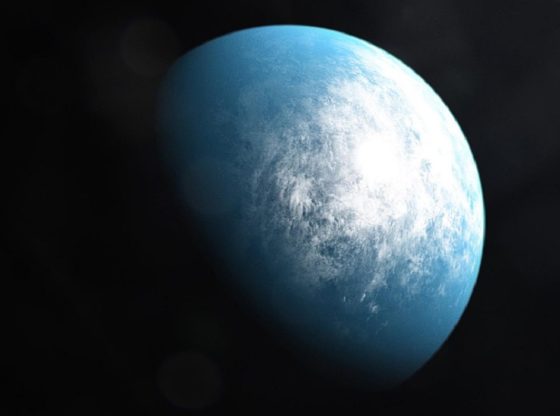
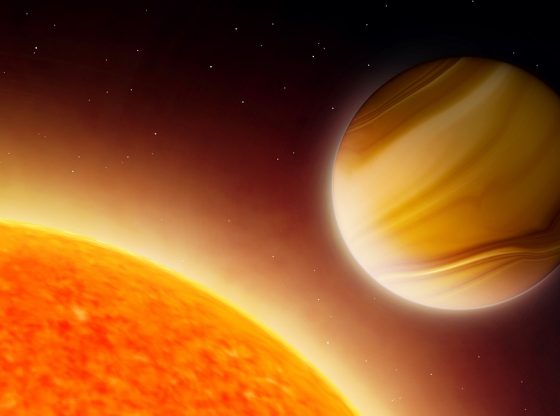
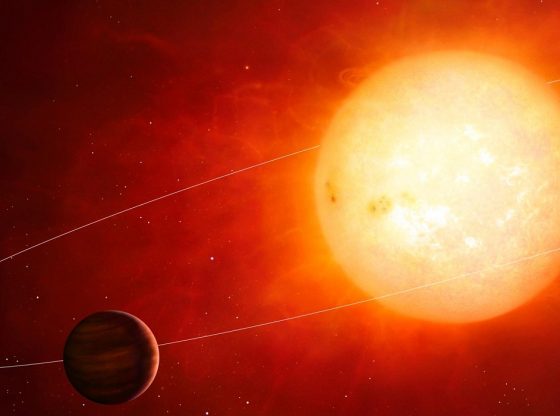
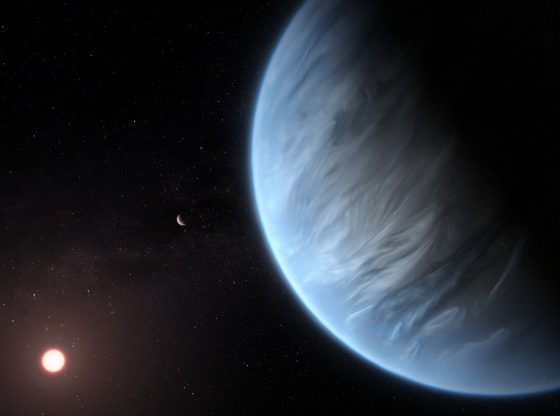
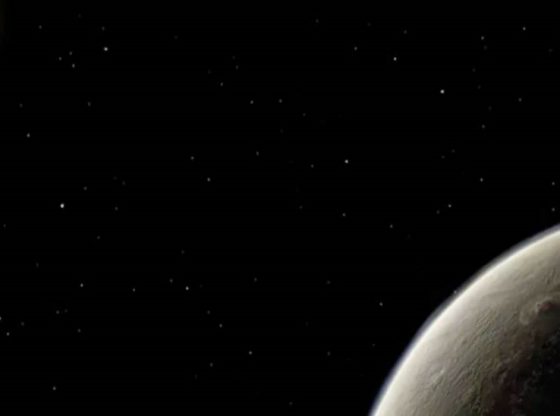
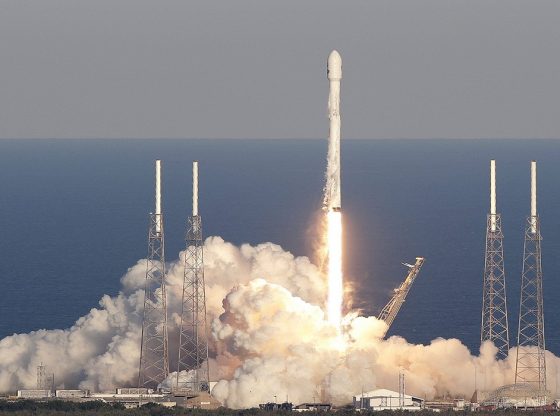
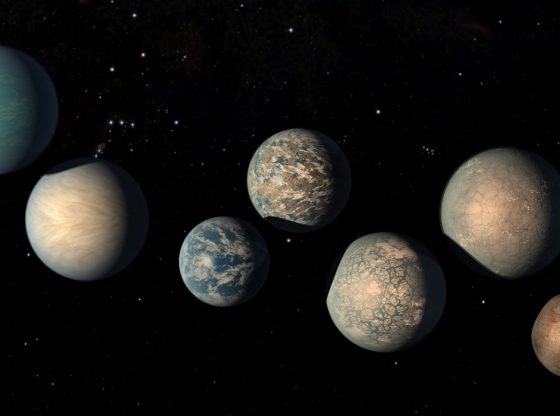
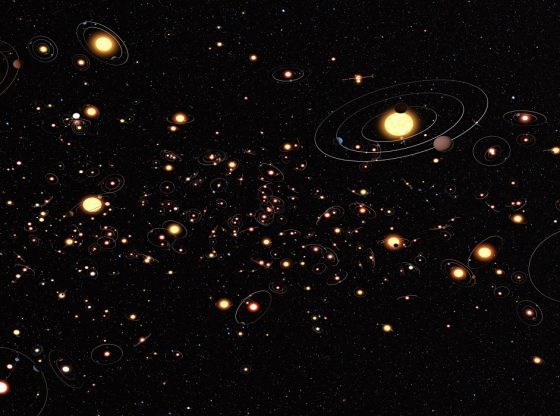
![OpenAI. (2025). ChatGPT [Large language model]. https://chatgpt.com](https://www.illustratedcuriosity.com/files/media/55136/b1b0b614-5b72-486c-901d-ff244549d67a-350x260.webp)
![OpenAI. (2025). ChatGPT [Large language model]. https://chatgpt.com](https://www.illustratedcuriosity.com/files/media/55124/79bc18fa-f616-4951-856f-cc724ad5d497-350x260.webp)
![OpenAI. (2025). ChatGPT [Large language model]. https://chatgpt.com](https://www.illustratedcuriosity.com/files/media/55099/2638a982-b4de-4913-8a1c-1479df352bf3-350x260.webp)








